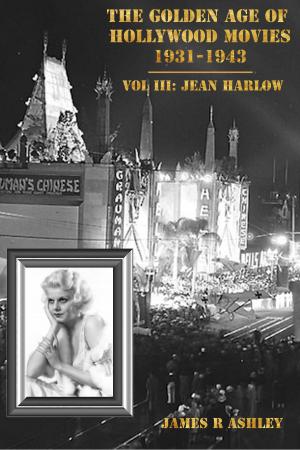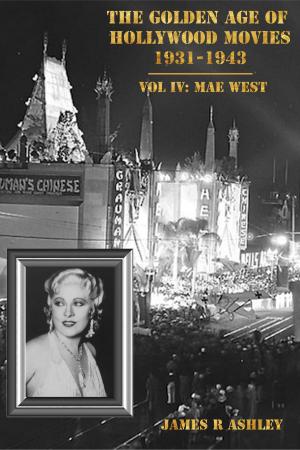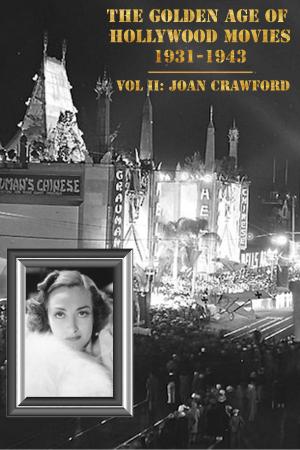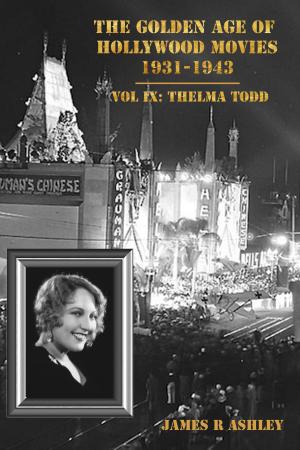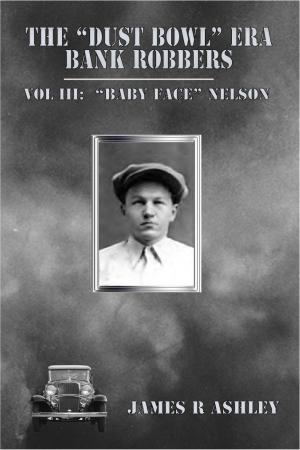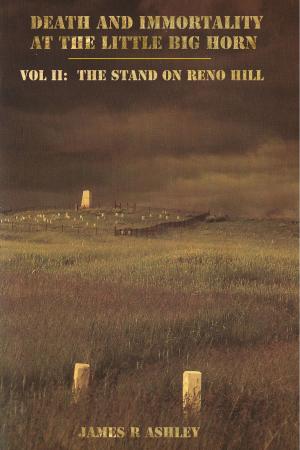| Author: | James R Ashley | ISBN: | 9781311742551 |
| Publisher: | James R Ashley | Publication: | February 18, 2015 |
| Imprint: | Smashwords Edition | Language: | English |
| Author: | James R Ashley |
| ISBN: | 9781311742551 |
| Publisher: | James R Ashley |
| Publication: | February 18, 2015 |
| Imprint: | Smashwords Edition |
| Language: | English |
Most people believe that the first English colony established in North America was at Jamestown, Virginia, in 1609. In point of fact, however, that was the second English colony. The first one was 21 years before Jamestown and was on a small island just behind the Outer Banks of North Carolina. It was called Roanoke Island, sometimes referred to as the Lost Colony, because all the colonists who settled there disappeared without a trace.
The Roanoke Island colony was star-crossed almost from the beginning. The colony was first set up as a military base to be garrisoned by soldiers. The objective was to establish a resupply base for English privateers operating against the Spanish treasure fleets in South and Central America. However, the soldiers’ goal was to enrich themselves by finding gold mines and pearls, and they spent most of their time attempting to do so. They wasted no time attempting to grow crops to feed themselves, preferring instead to rely on uncertain shipments of foodstuffs from England or forcing the Indian natives to supply them with food, whether they liked it or not. When the Indians finally became fed up with the soldiers leaching off them and refused to barter away any more of their scarce food with them, the soldiers simply took it, burning down the Indian villages and killing as many of the native Indians as they could. Being bitterly disappointed in not finding their expected riches and dissatisfied with the irregularity of their food supplies, the soldiers abandoned the colony at the first opportunity and returned to England with the 1st relief force (that of Sir Francis Drake) that arrived at the base.
Learning from the mistakes of the 1st expedition to Roanoke Island, the English investors now sent out a proper expedition, this time consisting of families who were intent on permanently colonizing the site. Although all of the men, women, and children on the 2nd expedition had high hopes of starting a new life in the wilderness of North America, they were doomed almost from the start. There were arriving in the New World too late in the season to plant their crops, so they would have to rely for their foodstuffs and survival on Indians made bitter by their former ill-treatment by the soldiers. As the colonists inevitably ran low on food, they mistreated the Indians the same way as the soldiers had done and with the same result, that being the indifference and outright hostility of the Indians to their survival.
Quickly becoming aware of the unsuitability of Roanoke Island as a site for a self-sustaining colony, the colonists decided to relocate to the Chesapeake Bay area, which they considered a superior site. At this point the colonists disappear into the mists of history and were never seen again. And although we can make an educated guess on what might have happened to the so-called Lost Colony of Roanoke Island, we will never know for sure what their fate was. So turn the page and see if you can solve the 400-year-old mystery of one of the great mass disappearances of history.
Most people believe that the first English colony established in North America was at Jamestown, Virginia, in 1609. In point of fact, however, that was the second English colony. The first one was 21 years before Jamestown and was on a small island just behind the Outer Banks of North Carolina. It was called Roanoke Island, sometimes referred to as the Lost Colony, because all the colonists who settled there disappeared without a trace.
The Roanoke Island colony was star-crossed almost from the beginning. The colony was first set up as a military base to be garrisoned by soldiers. The objective was to establish a resupply base for English privateers operating against the Spanish treasure fleets in South and Central America. However, the soldiers’ goal was to enrich themselves by finding gold mines and pearls, and they spent most of their time attempting to do so. They wasted no time attempting to grow crops to feed themselves, preferring instead to rely on uncertain shipments of foodstuffs from England or forcing the Indian natives to supply them with food, whether they liked it or not. When the Indians finally became fed up with the soldiers leaching off them and refused to barter away any more of their scarce food with them, the soldiers simply took it, burning down the Indian villages and killing as many of the native Indians as they could. Being bitterly disappointed in not finding their expected riches and dissatisfied with the irregularity of their food supplies, the soldiers abandoned the colony at the first opportunity and returned to England with the 1st relief force (that of Sir Francis Drake) that arrived at the base.
Learning from the mistakes of the 1st expedition to Roanoke Island, the English investors now sent out a proper expedition, this time consisting of families who were intent on permanently colonizing the site. Although all of the men, women, and children on the 2nd expedition had high hopes of starting a new life in the wilderness of North America, they were doomed almost from the start. There were arriving in the New World too late in the season to plant their crops, so they would have to rely for their foodstuffs and survival on Indians made bitter by their former ill-treatment by the soldiers. As the colonists inevitably ran low on food, they mistreated the Indians the same way as the soldiers had done and with the same result, that being the indifference and outright hostility of the Indians to their survival.
Quickly becoming aware of the unsuitability of Roanoke Island as a site for a self-sustaining colony, the colonists decided to relocate to the Chesapeake Bay area, which they considered a superior site. At this point the colonists disappear into the mists of history and were never seen again. And although we can make an educated guess on what might have happened to the so-called Lost Colony of Roanoke Island, we will never know for sure what their fate was. So turn the page and see if you can solve the 400-year-old mystery of one of the great mass disappearances of history.


